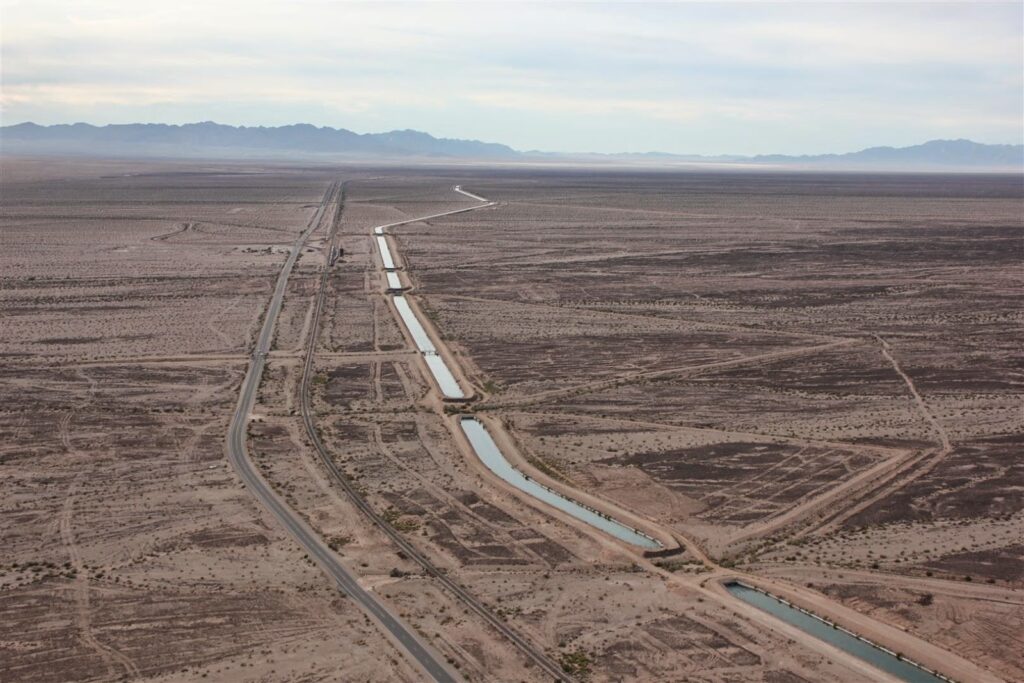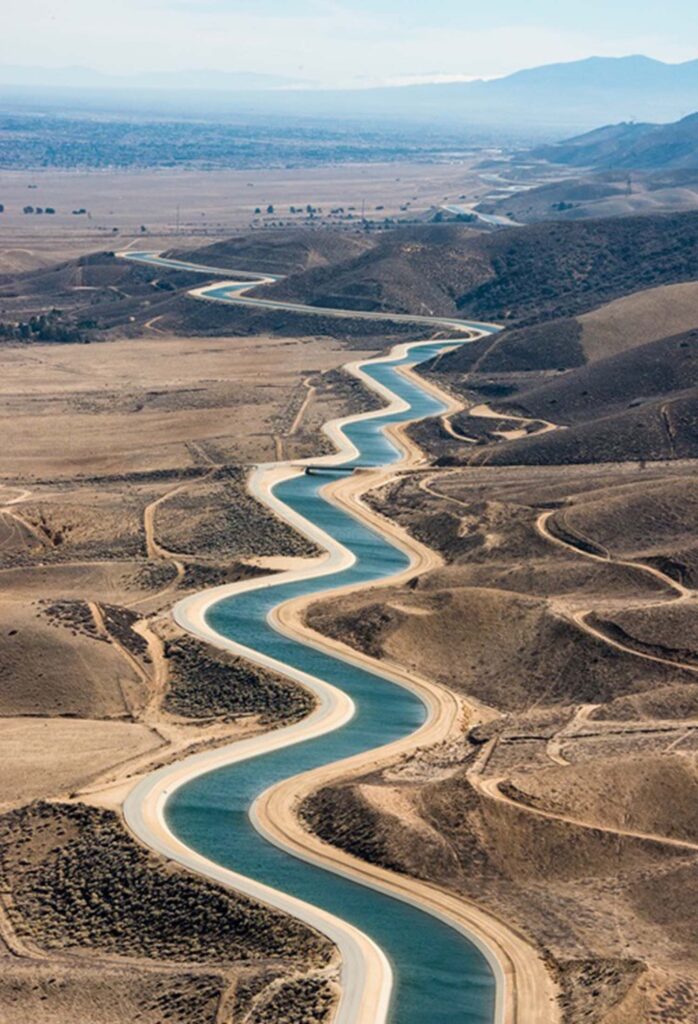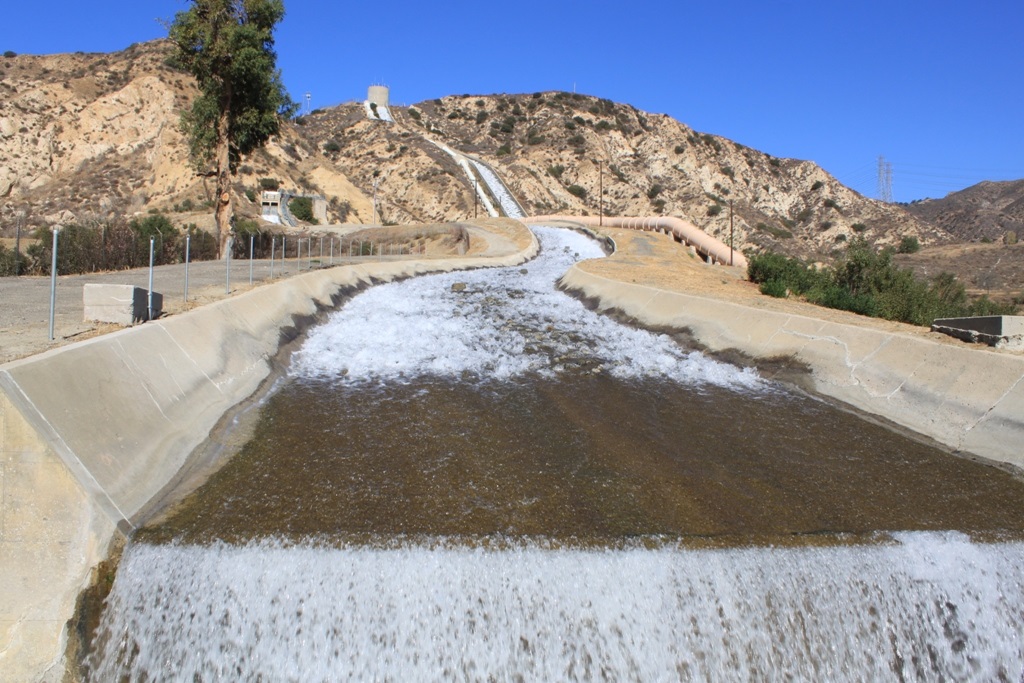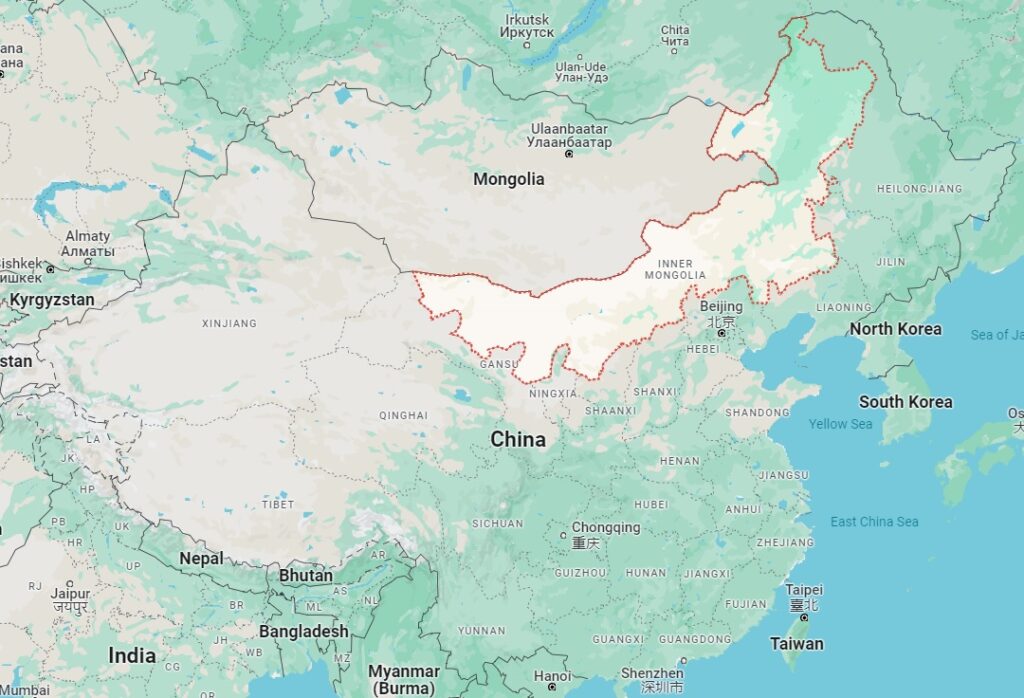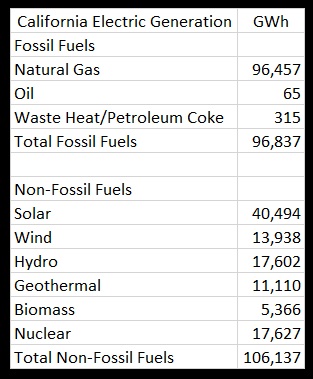The first step in this estimation is access the Global Solar Atlas; click on the specific location and look for ‘specific photovoltaic power output’, or PVOUT. This estimates the annual productivity of solar panels for a given location, measured in kilowatt-hours generated per kilowatt of peak capacity (kWh/kWp). For purposes of these calculations, we’ll assume that all rooftops can generate 12,000 kWh of electricity per year.
To calculate the number of rooftops equipped with solar panels needed to produce 611,800,000,000 kg of hydrogen using electrolysis powered by solar energy:
- The amount of electricity required for this process can be calculated based on the energy needed to perform electrolysis. It takes about 39 kWh of electricity to produce one kilogram of hydrogen through electrolysis.
- To find out how much total electricity is need:
- Multiply the amount of hydrogen needed (611,800,000,000 kg) by the energy requirement per kilogram (39 kWh), which gives us the total electrical energy requirement in kWh.
- Next, we need to calculate how many rooftop solar panels are necessary:
- Assuming an average yield from a rooftop solar panel system is around 1465 kWh/year and each roof has capacity equivalent or more than that then it would take approximately 163,000 rooftops equipped with sufficient solar panels.
This calculation provides an estimate under ideal conditions and does not consider factors such as efficiency losses or variations in sunlight availability throughout the year at different locations where these roofs might exist. The total number of single-family residential dwellings in California’s Fresno, Imperial, Kern, Los Angeles, Orange, Riverside, San Bernardino, San Diego, San Joaquin, Santa Barbara and Ventura counties is 9,126,412. This is roughly 56 times the minimum number of rooftops needed to produce 611,800,000,000 kg of hydrogen.

